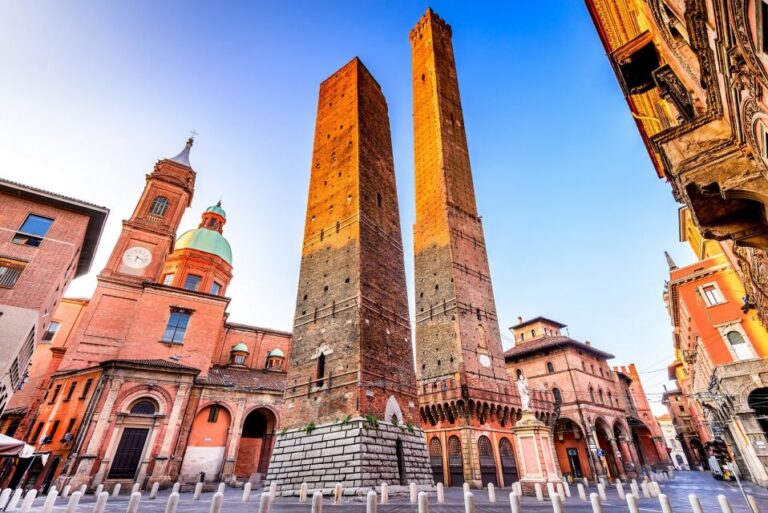Explore the Louvre’s captivating past and unparalleled art collection in just two hours. On this guided tour, visitors will explore the museum’s evolution from a royal fortress to the world’s largest art repository. They’ll marvel at lavish royal apartments, iconic masterpieces like the Mona Lisa, and colossal ancient relics. From Napoleon’s favorite painting to the enigmatic Venus de Milo, each stop promises to ignite the imagination and leave guests eager to discover more of the Louvre’s extraordinary treasures. A wealth of history and culture awaits those who venture through these storied halls.
Key Points
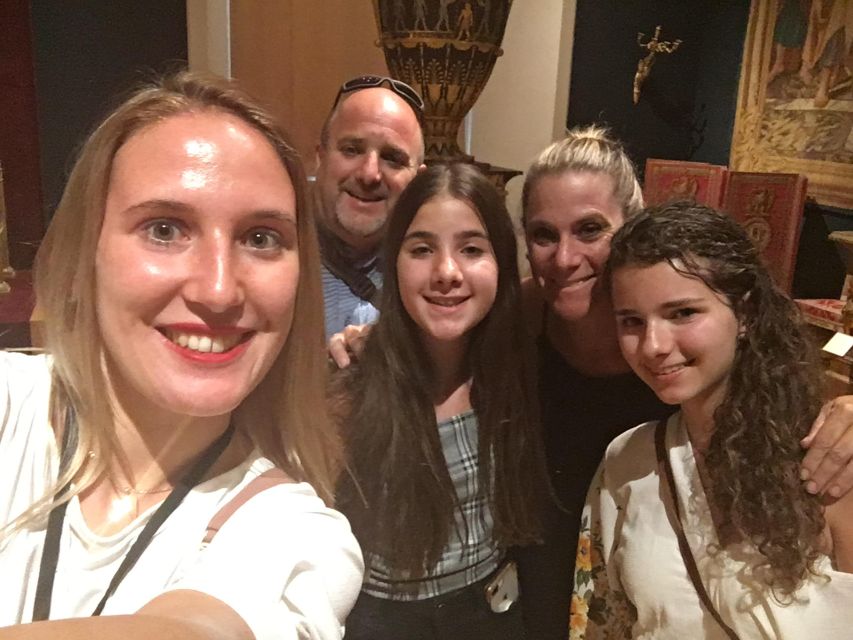
- Tour the lavish royal apartments, including the ornate throne rooms that hosted French monarchs over the centuries.
- Explore the Louvre’s renowned art masterpieces, such as the enigmatic Mona Lisa, the statuesque Venus de Milo, and the dynamic Winged Victory of Samothrace.
- Learn the Louvre’s captivating history, from its origins as a 12th-century fortress to its transformation into the world’s largest museum.
- Marvel at the colossal Sphinx, the largest in Europe, and other ancient Greek sculptures like the Venus de Milo and Winged Victory of Samothrace.
- Discover the story behind Napoleon’s favorite painting, The Coronation of Napoleon, showcasing his coronation as Emperor in 1804.
Building and Royal Apartments
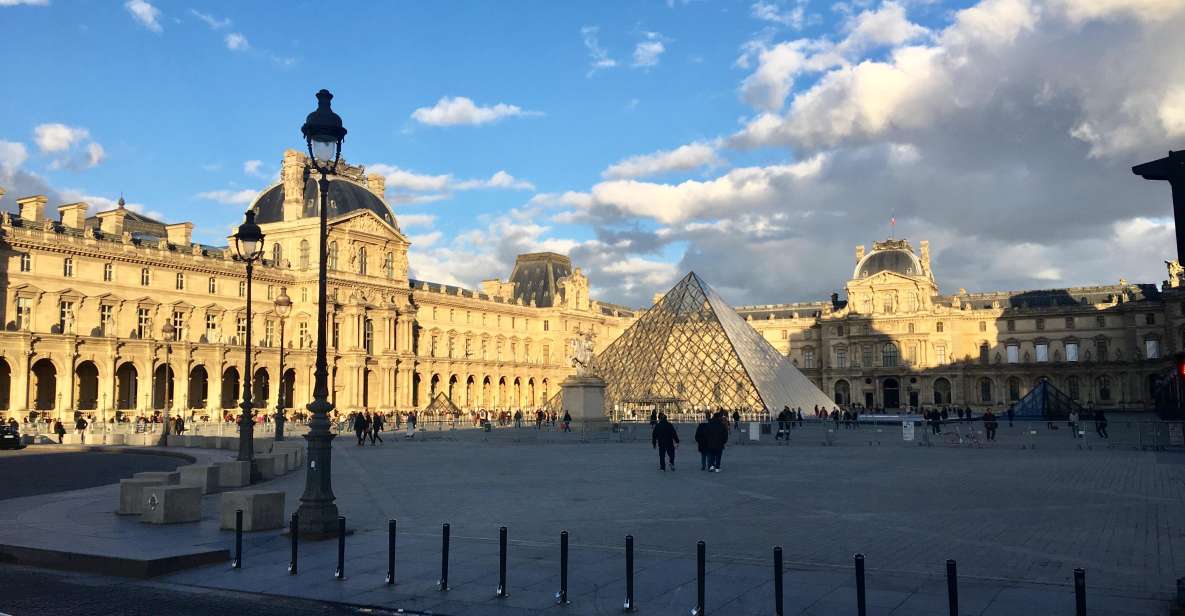
The Louvre’s rich history dates back to the 12th century, when it began as a royal fortress before transforming into the world’s largest museum over the centuries.
During the guided tour, visitors will learn about the building’s chronology and explore the lavish royal apartments. They’ll discover the apartments of Anne of Austria, the former Queen of France, and marvel at the ornate throne rooms that once hosted monarchs.
Through this immersive experience, guests gain a deeper understanding of the Louvre’s evolution from a defensive structure to a renowned cultural institution housing some of the world’s most iconic artworks.
Art History Initiation
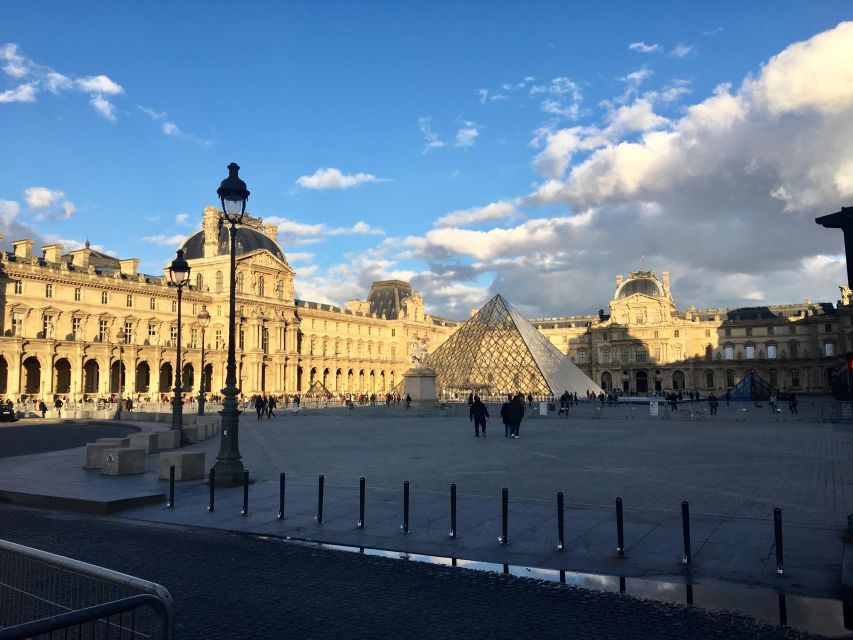
Along With exploring the Louvre’s rich architectural history and royal legacy, the guided tour allows visitors to initiate themselves in the captivating world of art history. Guests explore the stories and significance behind some of the museum’s most celebrated masterpieces, gaining a deeper appreciation for the artistic genius on display.
The tour highlights:
- The enigmatic Mona Lisa, Leonardo da Vinci’s iconic portrait that has puzzled and intrigued viewers for centuries.
- The statuesque Venus de Milo, a stunning example of ancient Greek sculpture.
- The dynamic Winged Victory of Samothrace, a marble masterpiece that captures the grace and power of the goddess Nike.
Paintings by Raphael, Caravaggio, and other renowned Old Masters.
The colossal Great Sphinx of Tanis, an imposing Egyptian relic that speaks to the museum’s diverse collection.
Masterpieces of the Louvre
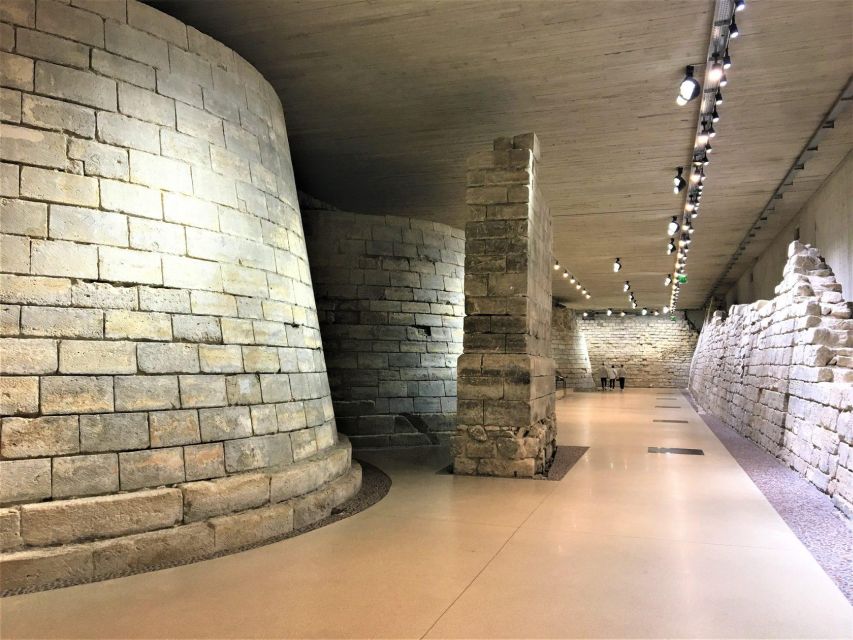
Amidst the Louvre’s vast collection, certain masterpieces captivate visitors with their unparalleled artistry and historical significance.
The enigmatic Mona Lisa, Leonardo da Vinci’s iconic portrait, puzzles and intrigues onlookers with its enigmatic gaze.
Nearby, the statuesque Venus de Milo stands as a stunning example of ancient Greek sculpture, its graceful form inspiring awe.
Across the museum, the dynamic Winged Victory of Samothrace, a marble masterpiece, captures the power and elegance of the goddess Nike in mid-flight.
These legendary works, alongside Napoleon’s favorite painting and the largest sphinx in Europe, represent the Louvre’s unparalleled collection of artistic treasures that continue to fascinate and inspire generations of visitors.
Chronology of Construction
Tracing the Louvre’s architectural evolution, the museum’s origins date back to the 12th century, when it functioned as a fortress guarding the Seine River.
In the 16th century, it was converted into a royal residence, with the addition of the iconic Renaissance-style façade.
During the 17th century, the Louvre was further expanded, with the construction of the Pavillon du Roi and the Cour Carrée.
The 19th century saw the Louvre reach its current monumental scale, with the completion of the iconic glass pyramid entrance designed by I.M. Pei.
Today, the Louvre stands as the world’s largest museum, housing an unparalleled collection of art and artifacts that span more than 9,000 years of human civilization.
Royal Life Within Walls
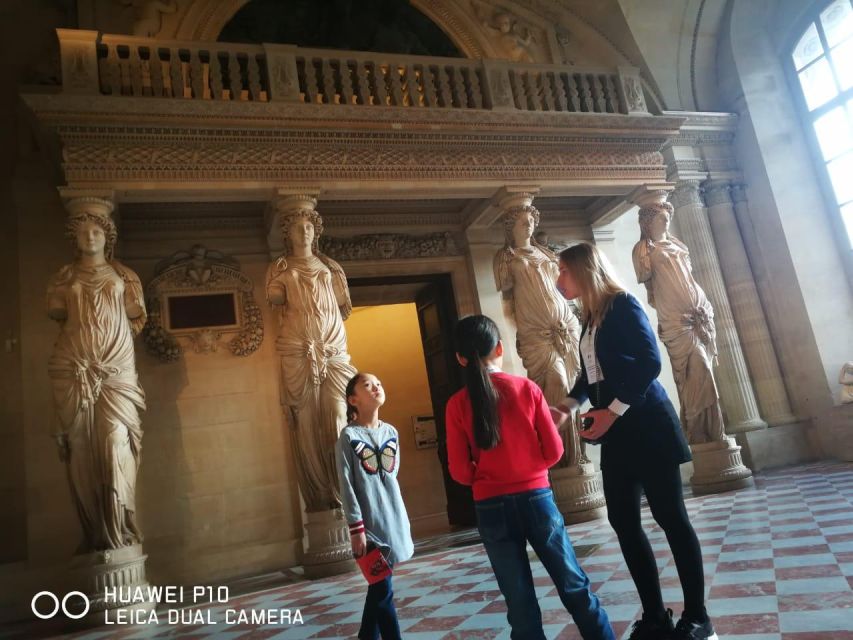
The Louvre’s royal apartments offer a captivating glimpse into the lavish lifestyles of France’s elite, from the sumptuous throne rooms to the private chambers of figures like Anne of Austria.
Visitors can explore the opulent settings where French royalty once held court, marveling at the intricate architectural details and ornate furnishings that reflect the grandeur of a bygone era.
Within these walls, one can almost feel the weight of history, imagining the power struggles, political intrigues, and cultural celebrations that unfolded here over the centuries.
The royal apartments provide a unique window into the privileged world of France’s monarchs, offering a vivid illustration of the Louvre’s storied past as both a palace and a museum.
Sphinx, Venus, and Victory
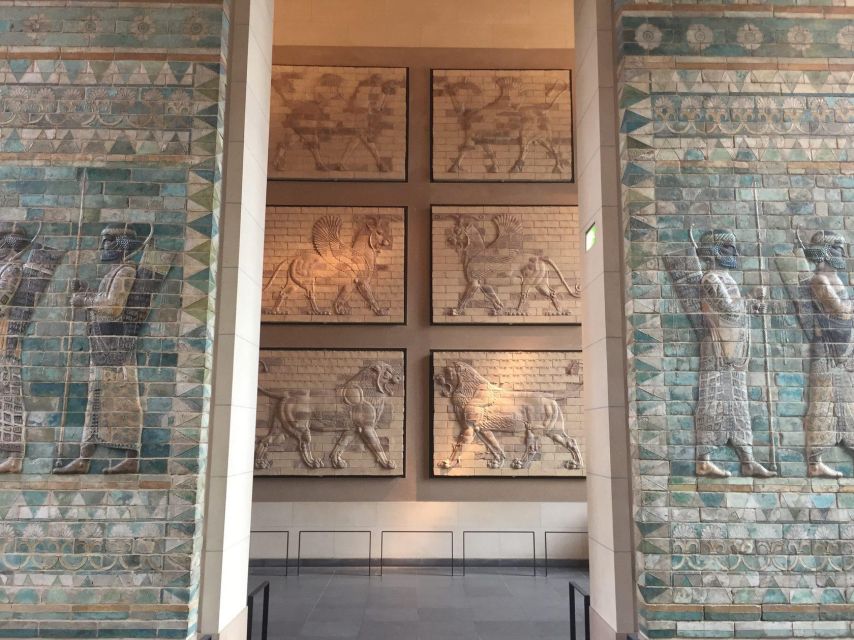
Among the Louvre’s most iconic artworks are the colossal Sphinx, the graceful Venus de Milo, and the majestic Winged Victory of Samothrace. These captivating sculptures command the attention of visitors, each with its own unique story and cultural significance.
The Sphinx, the largest of its kind in Europe, exudes an air of mystery and power.
The Venus de Milo’s timeless beauty has inspired artists and admirers for centuries.
Towering above the museum’s grand staircase, the Winged Victory of Samothrace is a testament to the Louvre’s unparalleled collection of ancient Greek masterpieces.
The Sphinx, dating back to the 2nd century BCE, is a colossal statue with the body of a lion and the head of a human.
The Venus de Milo, sculpted around 130-100 BCE, is renowned for its exquisite proportions and graceful pose.
The Winged Victory of Samothrace, created in the 2nd century BCE, is a captivating representation of the Greek goddess of victory.
These iconic works showcase the Louvre’s unrivaled collection of ancient Greek and Roman art.
Visitors are awed by the sheer scale, beauty, and historical significance of these masterpieces.
Leonardo Da Vinci Paintings
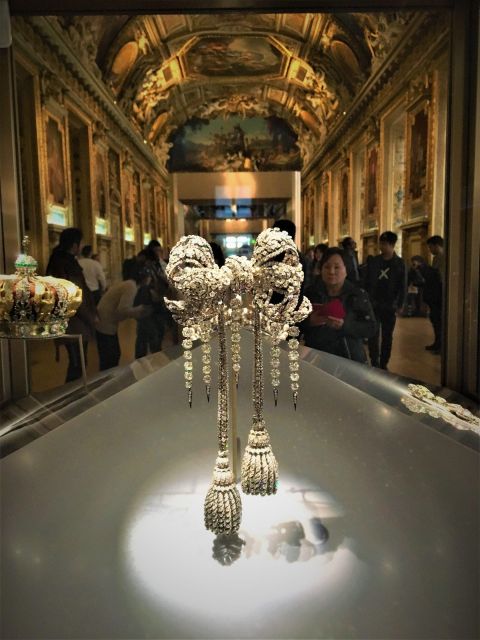
Within the Louvre’s grand galleries, Leonardo da Vinci’s captivating paintings command the attention of awestruck visitors. From the enigmatic smile of the Mona Lisa to the dynamic figures of The Raft of the Medusa, these masterpieces showcase the Renaissance artist’s unparalleled skill and vision. Visitors can marvel at the technical mastery and emotional depth of works like The Virgin of the Rocks, The Virgin and Child with St. Anne, and Saint John the Baptist. The following table highlights three of da Vinci’s most renowned paintings in the Louvre’s collection:
| Painting | Year | Medium |
|---|---|---|
| Mona Lisa | 1503 | Oil on panel |
| The Raft of Medusa | 1818 | Oil on canvas |
| The Virgin of Rocks | 1483 | Oil on panel |
Napoleon’s Favorite Painting
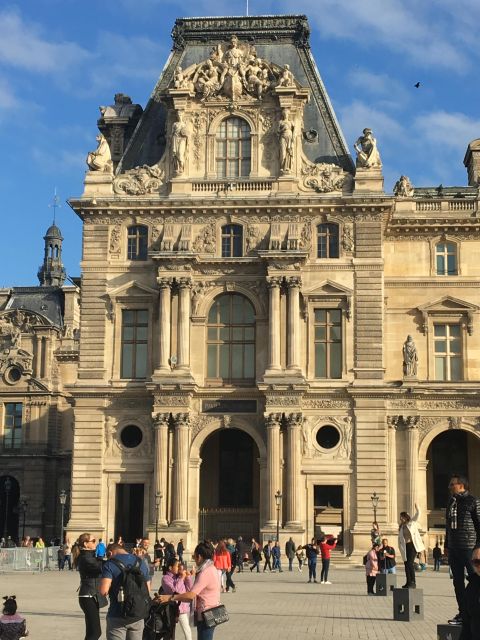
One of Napoleon Bonaparte’s most cherished works in the Louvre’s collection is the dramatic painting The Coronation of Napoleon by Jacques-Louis David. This vast canvas, measuring over 30 feet wide, depicts the moment in 1804 when Napoleon crowned himself as Emperor of France.
The painting showcases Napoleon’s grand ambition and political savvy, as he asserts his power and legitimacy. Notable features include:
- Napoleon’s confident posture as he places the crown on his own head
- The intricate details of the ornate ceremonial robes and regalia
- The presence of Josephine, Napoleon’s empress, who was crowned alongside him
- The hierarchical arrangement of the court, highlighting Napoleon’s preeminent position
- The stunning architectural backdrop of Notre-Dame Cathedral, adding to the grandeur of the occasion.
Frequently Asked Questions
How Much Do the Louvre Tour Tickets Cost?
The Louvre tour tickets cost from ₡4,663 per group of up to 3 participants. The tour includes guided access to the museum’s highlights and skips the line through express security check.
Can I Reschedule or Cancel the Louvre Tour?
Customers can reschedule or cancel their Louvre tour, but policies may vary. It’s best to check with the tour operator regarding their specific terms and conditions for making changes or cancellations prior to the tour date.
Is There a Dress Code for the Louvre Tour?
There is no strict dress code for visiting the Louvre. Visitors can wear comfortable, casual attire. However, it’s recommended to avoid overly revealing or sloppy clothing out of respect for the museum and its artworks.
Can I Bring Food and Drinks Inside the Louvre?
No, visitors are generally not allowed to bring food or drinks inside the Louvre Museum. This is to protect the artwork and maintain the cleanliness of the museum. Bottled water and small snacks may be permitted in designated areas.
Are Photography and Video Recording Allowed During the Tour?
Photography and video recording are not allowed during the Louvre tour. The policy prohibits audio recording, and visitors must respect this rule to ensure an enjoyable and educational experience for all participants.
Recap
The Louvre’s captivating two-hour tour showcases its remarkable transformation from a royal fortress to the world’s largest museum.
Visitors can enjoy the grandeur of the palace’s opulent royal apartments, marvel at iconic masterpieces like the Mona Lisa, and uncover the museum’s rich history and treasures, from ancient Greek sculptures to Renaissance paintings.
It’s an unparalleled experience that immerses guests in the Louvre’s enduring legacy as a cultural touchstone.

